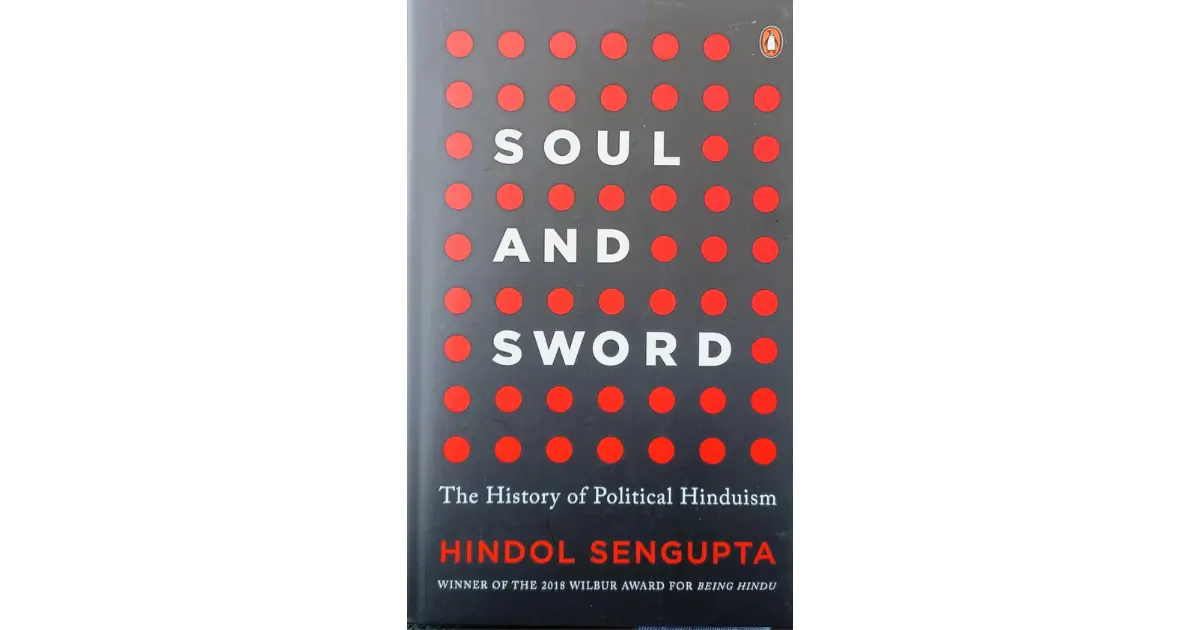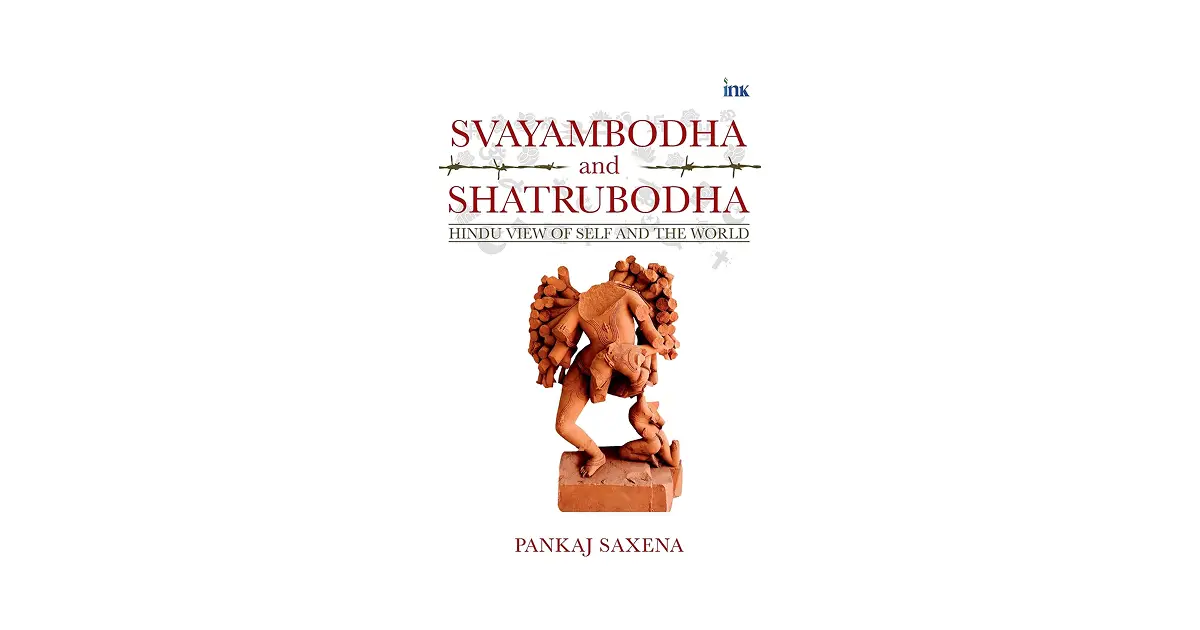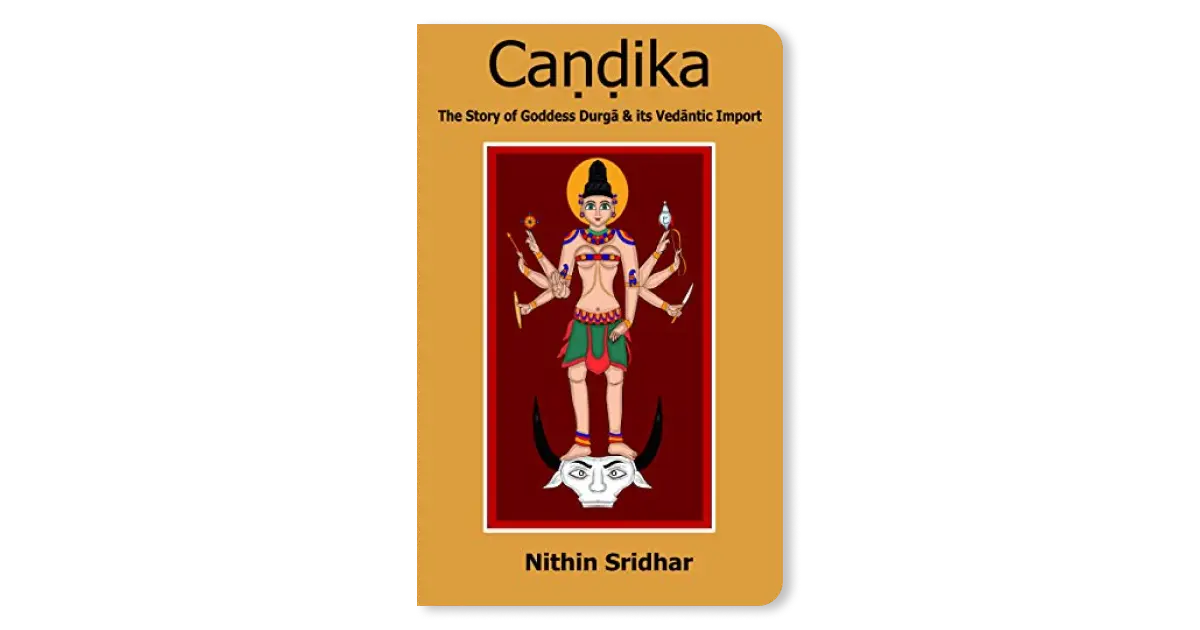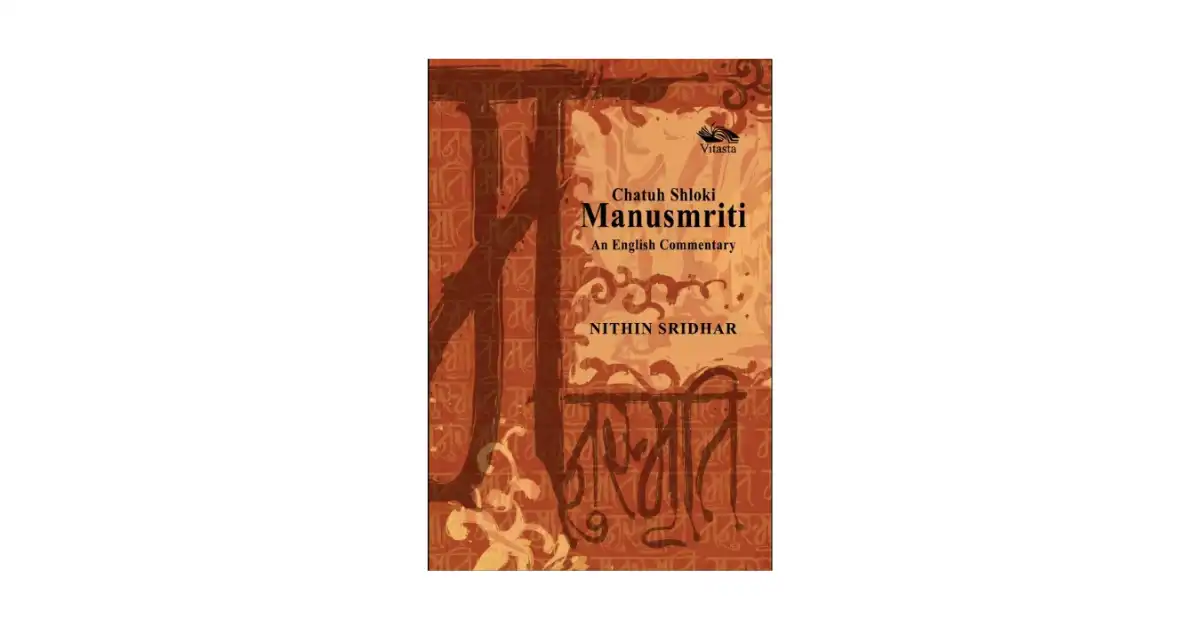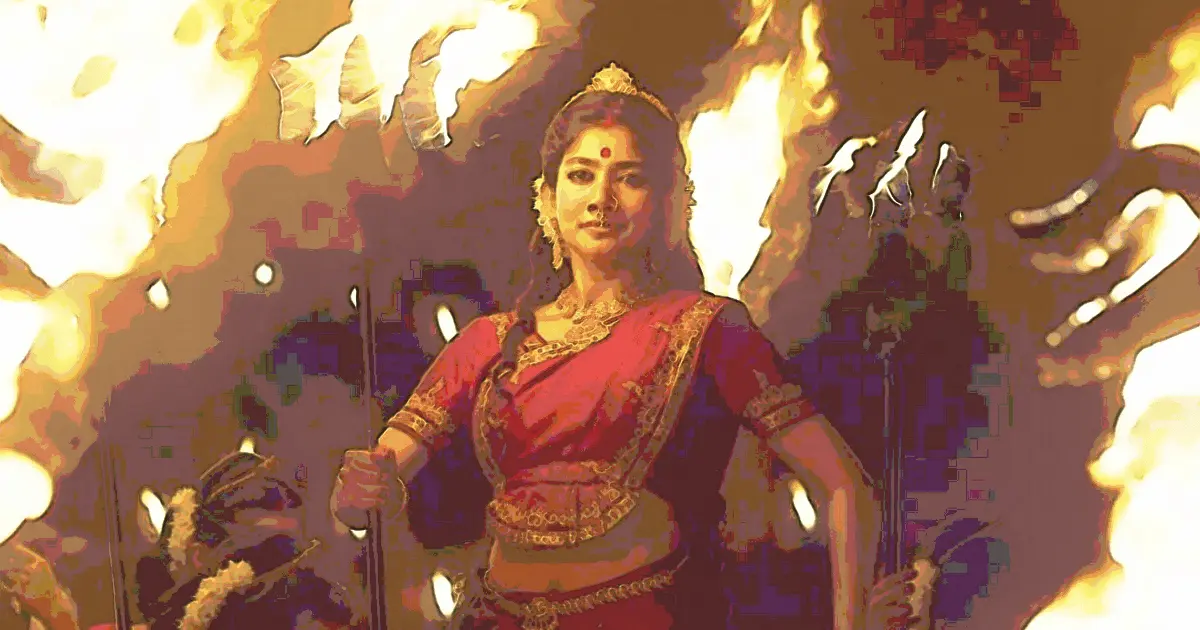Hinduism is an enigma. It is not a statement on Hindu dharma, which with its countless manifestations and modifications may appear enigmatic. It is about Hindu-ism, with a particular focus on the suffix ‘ism’, and its origins and implications. Cursory examination of history shows that the suffix ‘ism’ is not a prized achievement. It has negative connotations of radical social movement ideologies of the 18th and 19th centuries, like Communism, Nazism, Capitalism etc.
The covert application of ‘ism’ to Hindu dharma, and other dharmic traditions such as Baudha and Jaina, must make the dhārmika aware that the colonial gaze has focused on him/her.
It is a lusty gaze which disrobes its object of attention. So Hindu dharma, which has a rich tradition of statecraft and administration, had been stripped off its regalia and turned into Hinduism, a collection of rituals and philosophy: A way of life. Exactly how and when this loss of rājadharma was accepted is up for question. Perhaps its seeds were laid with the loss of sovereignty of the princely states? Or perhaps it happened with the Arms Act of 1878, which physically prohibited Indians (law abiding ones at least, i.e Hindus) from their right to bear arms. Either way, what was once the core was excised and replaced with a powerless Hinduism. When even this Hinduism began to rediscover its voice and assert itself, the resurgence was given a new name: Political Hinduism.
This is the subject of Śrī Hindol Sengupta’s latest book, Soul and Sword, which looks at political Hinduism as an ideological construct. As an ideology, political Hinduism according to the author is concerned with the goal of (re)gaining power. Recusing himself from examining the pros or cons of the movement, or lending his support for or against it, the author follows his duty as a historian and discusses the narrative identity of political hinduism. He defines the narrative identity as ‘the stories that political Hinduism tells itself and the world, the arguments it poses and responds to, the histories it refers to and the future it envisages’.
There is much to imbibe for Hindus from the study of history, suffering from the collective amnesia that we are. Upendra Nath Mukherjee as early as 1906 wrote a short work ‘A Dying Race’, demonstrating how the conversions out of Hinduism, combined with the societal apathy regarding the same is stifling the Hindu race. His suggestion for Hindus, echoing the suggestions of other nationalists fighting for independence, was the inculcation of pride in one’s past and a strong vision of the future based on that.
Even though neutral in nature, Soul and Sword does a good job of shedding light on political Hinduism’s history and the visions of various political thinkers associated with it. Tracing its history from Cholas to Vijayagara to Chhatrapati Shivaji to Narendra Modi, the author has tried to highlight the connecting thread in his work. This is important because it lays the ground for Hindu dharma to confidently assert itself based on its history, and not be boxed into the post colonial supremacist tropes by leftist historians.
One untruth that is fired at politically minded Hindus is that Hinduism never had political antecedents and this new found quest for power is sectarian and supremacist in its nature, derived from the fascist movements of Europe. We have already seen how Hindu dharma was emasculated into Hinduism, so the question of not having political antecedents does not arise. The author also amply demonstrates, through the works of Guruji Golwalkar, Deen Dayal Upadhyaya and other thinkers, that the spiritual components of Hindu dharma being inserted into polity are not supremacist in nature.
However, there is an extremely critical passage in the book which proves why the insertion of unadulterated Hindu principles in the operations of the State is not only necessary, but existential. The author quotes the statement of the erstwhile Secretary of State, John Morley (of Morley-Minto reforms), which is imperative to be reproduced here:
I know very well that any injustice, or suspicion that we are capable of being unjust to Mohammadans in India, would certainly have a severe and injurious reaction in Constantinople... that seems to me to form the crux of the whole situation. Mohammadans have Constantinople behind their back, not to speak of other Mohammadan independent states with which more or less British statesmanship have to deal... On the other hand, the Hindus have to fall back on their gullibility. They have no independent state to support their cause, not even to cheer them with sympathy for their grievances. They are circumscribed within the four walls of Hindustan and have no outside assistance to influence the attitude of their rulers. They might cry themselves hoarse over this Charter and that Proclamation, but words and protests do not make up for the inherent weakness of their position... To add to this natural misfortune the Hindus have got a self-inflicted one in what is called and known as the Congress. This has proved a veritable source of weakness for purely Hindu interests. If there is one thing which is strictly forbidden within the precincts of the Congress it is the termHindu"_.
This is the raison d’etre for the existence of political Hinduism. The application of state power by other ideologies is starkly visible in this passage, and thus the need for Hindus to harness it as well. However, there is also a need to respond to the other political theologies ideologically. For this, one must study the works of Śrī Ram Swarup and Śrī Sita Ram Goel, who provided an authentic Hindu view on such ideologies. The author refers to the work of the above individuals in passing, but without delving into their theses. A fuller exploration of their works would make the reader appreciate the context and boundaries of political hinduism and the need to steer it towards dharma-dṛṣṭi.
Another point which the author brings to the fore is that political hinduism is not a conservative movement but rather a reformist one. There are multiple perspectives on this and a political ideology may not always capture the nuance required. On a separate note from the book, while dharma is sanātana, dharma also incorporates within itself enough flexibility to be tuned as per deśa (place), kāla (time) and pātra (individual). However, with a complete distancing from śāstra and carya, a divorce like secularism will be injurious for Hindu dharma. If, succumbing to the waves of rationalizing tendencies, political Hinduism loses its sacred core, then it will not take long for it to morph into any other social justice ideology.
The homogenizing nature of political movements erodes cultural differences and legacies in their quest for unity. The race to carve out a single identity, in order to face the onslaught of militant ideologies, may lead to a mirroring of the Other in unwanted ways. Śrī Ram Swarup wrote on the non-homogeneity of Hindu dharma saying:
The lack of homogeneity in the Hindu society may be admitted and it is a sorry lack in the present context. But this lack is not, however, the main problem. Indian society allows a unity in which the principle of diversity finds full place. In Indian society, different communities followed their own customs and usages. True, there were certain dominant ideas and values but there was no forced conformity. In Indian society, the problem has never been of diverse communities and diverse customs. But after the advent of Islam, the problem has been and is of unassimilable elements”. (On Hinduism, Pg 69)
Thus, in our perspective, political Hinduism must be utilized as a tool to uphold the principles of Hinduism and focus on developing the dharma-dṛṣṭi in individuals primarily. This will help attain the elusive Hindu unity as well.
While covering the Vijayanagara empire, the author notes that not only did the rulers build a string of temples, but the whole soil of and around the kingdom was also considered divya - sacred, and manifested as the body of the Goddess. This is the core of a Hindu’s life, and every Hindu who has had rooted upbringing will attest to that. Hindus seeing the continuity of political Hinduism must imbibe this essence but also assess whether the modern manifestations in the form of temple corridors and statues is a step in that direction - or if it is only commercialization.
Overall, Soul and Sword presents a solid narrative identity of political Hinduism and hints at the things to come. Readers interested to learn about the thought processes, history and politics behind the resurgence must definitely give it a read, while also reflecting on the larger arc of dharma beyond the political.
